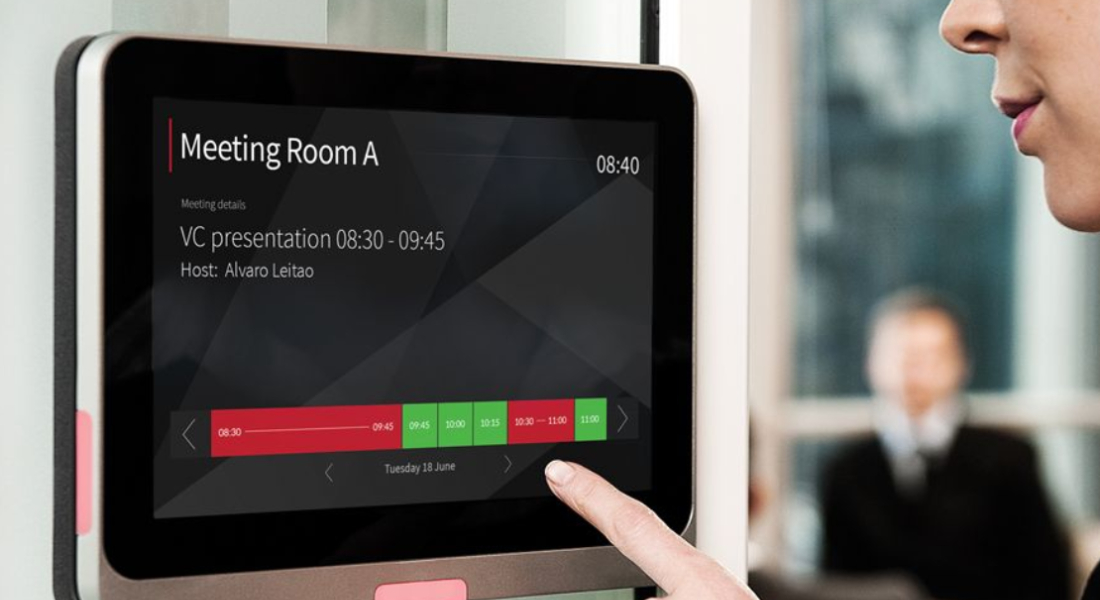
How Queue Management Systems in Hospitals Transformed the Service Sector
In the vibrant world of healthcare, ensuring everything runs smoothly is truly important. We’ve all been frustrated by long wait times and crowded patient lines, which leave patients disappointed, workers feeling overworked, and resources not being used to their full potential. Hospital Queue Management Systems excel in this situation! This innovative technology has streamlined hospital operations and transformed our patient service approach. By embracing a queue management system in hospital have significantly improved patient care, enhanced efficiency, and set new customer service standards, encouraging other industries to take notice and follow suit.
The Problem: Inefficiency in Traditional Queueing Systems
Traditionally, hospitals relied on manual queueing, where patients registered at a reception desk, received a token, and often waited hours to see a doctor. Such inefficiencies led to:
- Increased patient frustration and dissatisfaction
- Higher chances of medical errors due to rushed consultations
- Ineffective utilization of medical resources and personnel
Administrative bottlenecks affecting overall hospital workflow - This situation was not unique to hospitals; it was also present in various service industries, including retail establishments and banks. Eventually, an efficient, automated queuing system was required.
The Revolutionary Hospital Queue Management System
A hospital queue management system is an automated method that maximizes patient flow by digitizing appointment scheduling, triage, and waiting time estimates. Among these systems are:
Electronic Check-in Kiosks: Patients can register without waiting in line when they arrive.
Smart Scheduling: Setting priorities based on urgency rather than arrival order is known as smart scheduling.
Real-time Tracking: Patients can receive anticipated wait times via SMS or smartphone apps.
Integrated Patient Information Systems: Integrated patient information systems can seamlessly connect medical data and doctor scheduling.
These systems are excellent at streamlining healthcare processes! Patients are happy, and wait times are reduced in hospitals that implement quality management systems (QMS).
Impact on the Service Sector
The implementation of queue management systems by hospitals is a great model for providing customer-focused services, and it encourages other industries to do the same!
Banking Sector: Banks have adopted QMS to provide scheduled appointments and virtual queueing, reducing customer wait times and improving service efficiency.
Retail and E-Commerce Outlets: Especially those offering high-demand services like electronics repairs or premium brand stores, have implemented queueing solutions inspired by hospitals to improve customer retention and brand reputation.
Government Digital queue management services have been incorporated by municipal services, passport offices, and other government organizations, cutting wait times and enhancing service quality.
The Data That Underpins Effective Queue Management
Notable advancements are being made by hospitals that use queue management systems:
Enhanced patient throughput as a result of more efficient procedures.
Drop-in Missed Appointments: Automated reminders contribute to a drop-in or no-show.
Medical staff productivity increases, allowing physicians and nurses to concentrate more on patient care rather than paperwork.
Challenges in Implementation
Despite its advantages, integrating a queue management system in hospitals comes with challenges:
Investing in Infrastructure and Software: Setting up the necessary infrastructure and developing software can involve a notable investment.
Transitioning Challenges: We understand that staff and patients may face hurdles moving from traditional methods to our new approach, but we can navigate this change together!
Caring for Data Security: We value our patients’ confidential information and genuinely prioritize strong cybersecurity measures to ensure their safety.
Even though there are some challenges, investing in a Quality Management System (QMS) can truly pay off, as many hospitals notice a boost in operational efficiency within just a few months of making the change.
Looking Ahead: The Future of Queue Management in Healthcare
We’re excited to see how AI-driven queue management systems will continue to evolve and enhance efficiency. Innovations on the horizon will include:
Smarter Predictive Analytics: AI-focused queue systems will be able to anticipate patient flow peaks, enabling better allocation of resources for an even smoother experience.
Telemedicine Integration: Seamless virtual consultation scheduling alongside physical appointments.
Internet of Things-capable wearables: Devices that monitor patients’ whereabouts in real-time while on hospital property.
The growing emphasis on improving the patient experience is anticipated to accelerate the use of sophisticated queue management systems by hospitals across the globe in the upcoming years.
In conclusion, hospitals’ queue management systems have advanced greatly, greatly enhancing patient care and serving as a model for the service sector. Because these technologies reduce wait times, streamline procedures, and increase overall efficiency, they have spurred a much-needed transformation in healthcare and beyond. With the speed at which technology is developing, including AI and IoT in queue management, has even greater potential to improve consumer satisfaction. We’re saying goodbye to the days of endless waiting and welcoming a new era of smart, efficient, and patient-focused healthcare!




